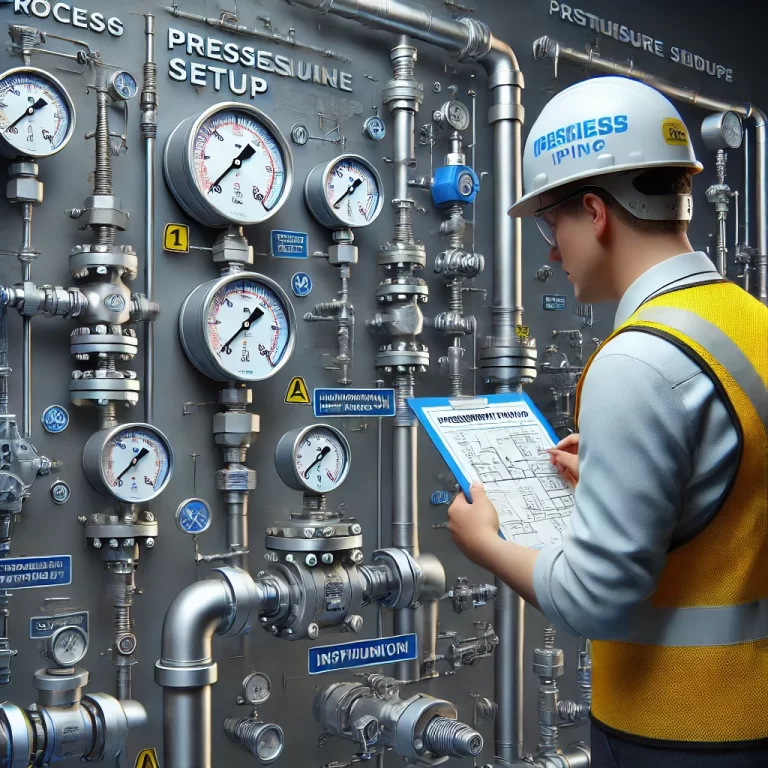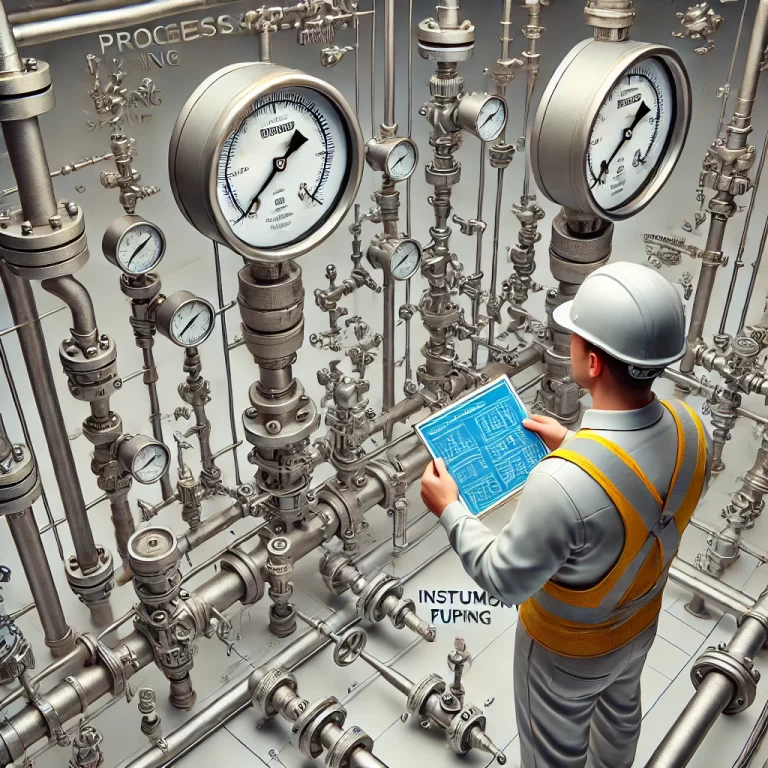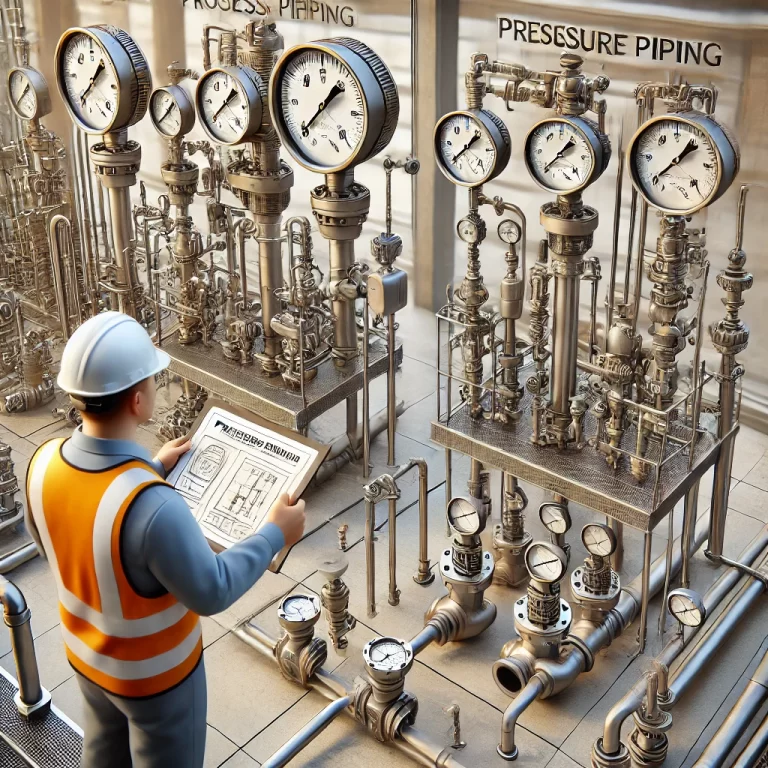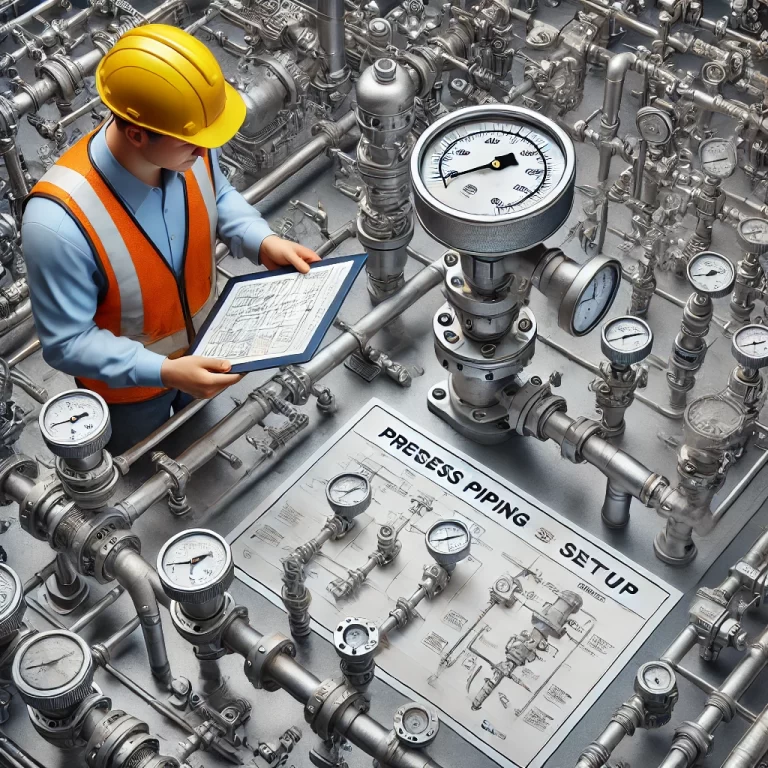Differential pressure transmitters (DPTs) are essential instruments in industrial applications for measuring pressure, liquid level, and flow rate. They convert differential pressure into standardized output signals (e.g., 4–20 mA) for integration with display systems, controllers, and recorders, enabling continuous monitoring and automatic control.

1. Overview of Differential Pressure Transmitters
A DPT measures the pressure difference between two points in a pipeline or vessel. It then converts this differential pressure into an electrical signal, typically a current signal. The signal can represent various process variables such as flow rate (inferred via square-root extraction), pressure, or level.
2. Installation Considerations
To ensure accurate measurement and long-term reliability, attention must be paid to installation practices:
General Guidelines:
Avoid direct contact with corrosive or high-temperature media.
Prevent sedimentation in the impulse lines.
Ensure equal length of positive and negative pressure lines.
Maintain hydrostatic balance in both lines.
Install impulse lines in areas with minimal temperature fluctuations.
Specific Mounting Positions:
For liquid flow measurement, install the DPT beside or below the process line to allow air bubbles to rise into the pipe.
For gas flow measurement, mount it above the pipe to let condensate drain back.
For steam flow, install below the pipe to ensure the impulse lines are filled with condensate.
⚠️ Note: When measuring steam or high-temperature media, ensure that the transmitter does not exceed its maximum operating temperature. Use condensate pots or heat-dissipating accessories as needed.

3. Wiring Procedure
Steps for Electrical Wiring:
Remove the transmitter’s housing cover.
Connect the positive lead to the terminal labeled “PWR/COMM” and the negative lead to the “–” terminal.
Use shielded twisted-pair cables (preferably 24 AWG or higher) for optimal signal integrity.
Seal any unused conduit entries with proper plugs.
Replace the housing cover.
Avoid connecting powered signal wires to the test terminal, as it may damage the test diode.
4. Commissioning and Zero Calibration
A. Startup with Integrated Three-Valve Manifold:
Open both vent valves on the DPT.
Open the equalizing valve to balance both sides.
Slowly open the high- and low-pressure block valves to purge air or debris.
Close the vent valves and equalizing valve to begin normal operation.
B. Online Zero Calibration:
Open the equalizing valve.
Close both block valves.
Perform zero adjustment on the transmitter.
C. Important Notes for Zero Adjustment:
Do not confuse the zero adjustment screw with the span adjustment screw.
Avoid performing span adjustment at the installation site.
Ensure that both sides of the transmitter (and their impulse lines) are at the same temperature; otherwise, zero drift may occur.
For zero shift compensation due to elevation or line pressure offset (positive/negative migration), adjustments should be made under operating conditions.

5. Operational Precautions
To ensure long-term accuracy and instrument health:
Do not apply more than 36V to the transmitter power supply terminals.
Never touch the diaphragm with hard objects.
If the medium may freeze, ensure appropriate heat tracing is in place to prevent diaphragm damage.
Use cooling accessories when measuring high-temperature steam.
Use condensate pots for steam applications to prevent direct exposure of sensors to steam.
During operation:
Check for leakage at heat dissipation connections.
Always open manifold valves slowly to prevent sudden pressure shocks.
Keep impulse lines free of blockages that could damage the sensing diaphragm.
6. Special Notes on Low Differential Pressure Applications
For micro-DPTs, even the weight of internal components can impact the zero output. It is recommended to:
Install the sensor so the diaphragm is perpendicular to gravity.
Adjust the zero value after mounting to eliminate offset caused by installation position.

7. Typical Applications
DPTs are commonly used in conjunction with:
Orifice plates
V-cone meters
Averaging Pitot tubes (Annubar)
Venturi tubes
Elbow flowmeters
They are widely adopted in industries for accurate flow measurements of liquids, gases, and steam.
